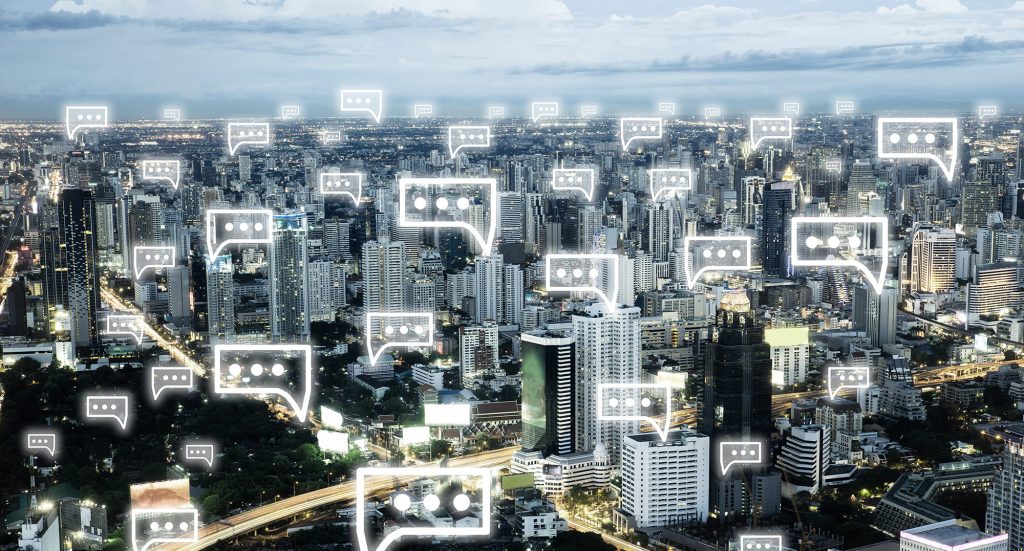
As the government continues to drive initiatives like the Smart Nation vision and the Digital Enterprise Blueprint, Singapore’s business landscape is rapidly evolving—making it essential for SMEs to adopt modern technology in order to remain efficient, productive, and relevant.
Yet, keeping up with the latest hardware—such as computers, servers, networking systems, and point-of-sale solutions—can be financially challenging for smaller businesses. According to the Infocomm Media Development Authority (IMDA), over 60% of local SMEs cite high costs as a key obstacle to digital transformation. Many SMEs operate with tight cash flows and limited access to capital, making large upfront purchases for IT infrastructure a risky proposition.
Leasing technology equipment offers a viable solution. Instead of a significant one-time investment, leasing allows SMEs to pay manageable monthly fees, freeing up capital for other critical areas such as marketing, hiring, or product development. Leasing also enables companies to stay up to date with current technology through regular upgrades at the end of lease terms—helping avoid obsolescence and ensuring that businesses can keep pace with larger competitors.
Lower upfront costs
One of the most significant advantages of leasing technology equipment for small and medium-sized enterprises (SMEs) is the reduction in upfront capital expenditure. Purchasing high-value technology assets—such as servers, laptops, or specialized machinery—can require substantial initial investment, which is often a major hurdle for SMEs operating with limited financial resources.
According to a 2023 survey by Enterprise Singapore, nearly 70% of SMEs reported cash flow constraints as a primary barrier to upgrading their technology infrastructure.
Leasing eliminates the need for businesses to pay the full purchase price upfront. Instead, SMEs can access the latest technology through manageable monthly payments, preserving working capital for critical operations like staff recruitment, marketing, or business development. This financial flexibility is especially valuable in fast-moving industries where technology quickly becomes obsolete.
Moreover, leasing allows companies to upgrade equipment at the end of the lease term, enabling them to stay current with technological advancements without incurring large replacement costs. In a competitive market like Singapore — ranked among the world’s most digitally competitive economies by IMD World Digital Competitiveness Ranking 2023 — this ability to remain technologically agile is key to sustaining business growth and innovation.
Flexibility and scalability
Leasing technology equipment offers businesses greater flexibility and scalability, which is critical for growth-oriented small and medium-sized enterprises (SMEs). As companies expand, their technology needs often evolve — requiring more advanced or additional equipment.
Leasing makes it easier to scale IT infrastructure without major capital expenditures, allowing businesses to upgrade or add equipment in alignment with operational growth.
Moreover, leasing agreements can be customized based on business requirements. Companies can choose lease durations that suit their project timelines, and many providers offer options for lease renewals, upgrades, or buyouts at the end of the term. According to a report by Deloitte, businesses that adopt flexible leasing models are better positioned to respond to market changes and emerging technology trends.
This adaptability not only helps businesses stay current with the latest tools but also supports smoother digital transformation—an increasingly important priority, as highlighted in Singapore’s Digital Economy Framework for Action.
Tax benefits
Leasing technology equipment can offer significant tax advantages for businesses, particularly for small and medium-sized enterprises (SMEs) aiming to optimize their financial efficiency. In Singapore, lease payments are generally classified as operating expenses, which means they are fully tax-deductible under the corporate income tax framework. This allows businesses to reduce their taxable income, resulting in lower overall tax liability.
In contrast to owning assets, where depreciation must be calculated and claimed over several years, leasing eliminates the complexity and financial impact of depreciation accounting. This is especially beneficial for SMEs that want to avoid the administrative burden and costs associated with depreciating rapidly aging technology.
According to IRAS (Inland Revenue Authority of Singapore), businesses can deduct lease expenses as long as the equipment is used for income-generating purposes — making leasing not just a flexible option, but also a strategic tool for tax planning.
Maintenance and support
Leasing technology equipment often includes built-in maintenance and technical support services, reducing the operational burden on businesses—especially small and medium-sized enterprises (SMEs) with limited IT resources. When companies purchase equipment outright, they assume full responsibility for servicing, repairs, and ongoing upkeep, which can be costly and time-consuming. This is particularly true for high-performance systems or specialized machinery that require expert maintenance.
In contrast, leasing agreements typically include manufacturer-backed warranties, preventive maintenance, and rapid support response times—helping minimize downtime and unexpected repair costs. According to a 2022 report by IDC, businesses that lease IT equipment spend up to 25% less on maintenance compared to those that own equipment outright.
By outsourcing equipment support to the leasing provider, companies can focus more on core operations and strategic growth initiatives, rather than managing complex hardware issues internally.
Upgradeability
Leasing technology equipment offers businesses the critical advantage of staying current with rapid technological advancements.
In industries where innovation cycles are short, owning equipment outright can quickly become a disadvantage. Once a business purchases hardware, it’s typically committed to using it for several years—during which newer, more efficient models may become available. This can lead to outdated systems, reduced productivity, and increased maintenance costs.
Leasing, on the other hand, enables businesses to upgrade equipment at the end of a lease term. This allows companies to adopt the latest technologies without bearing the full cost of replacement.
In a tech-driven economy like Singapore’s, where the government actively promotes digital transformation, staying technologically agile is vital. Access to up-to-date tools not only enhances productivity but also gives companies a tangible competitive edge in the marketplace.
Interested to find out how you can tap on the advantages of leasing technology equipment?
Talk to us at GBNXTops@gbhelios.com.sg



